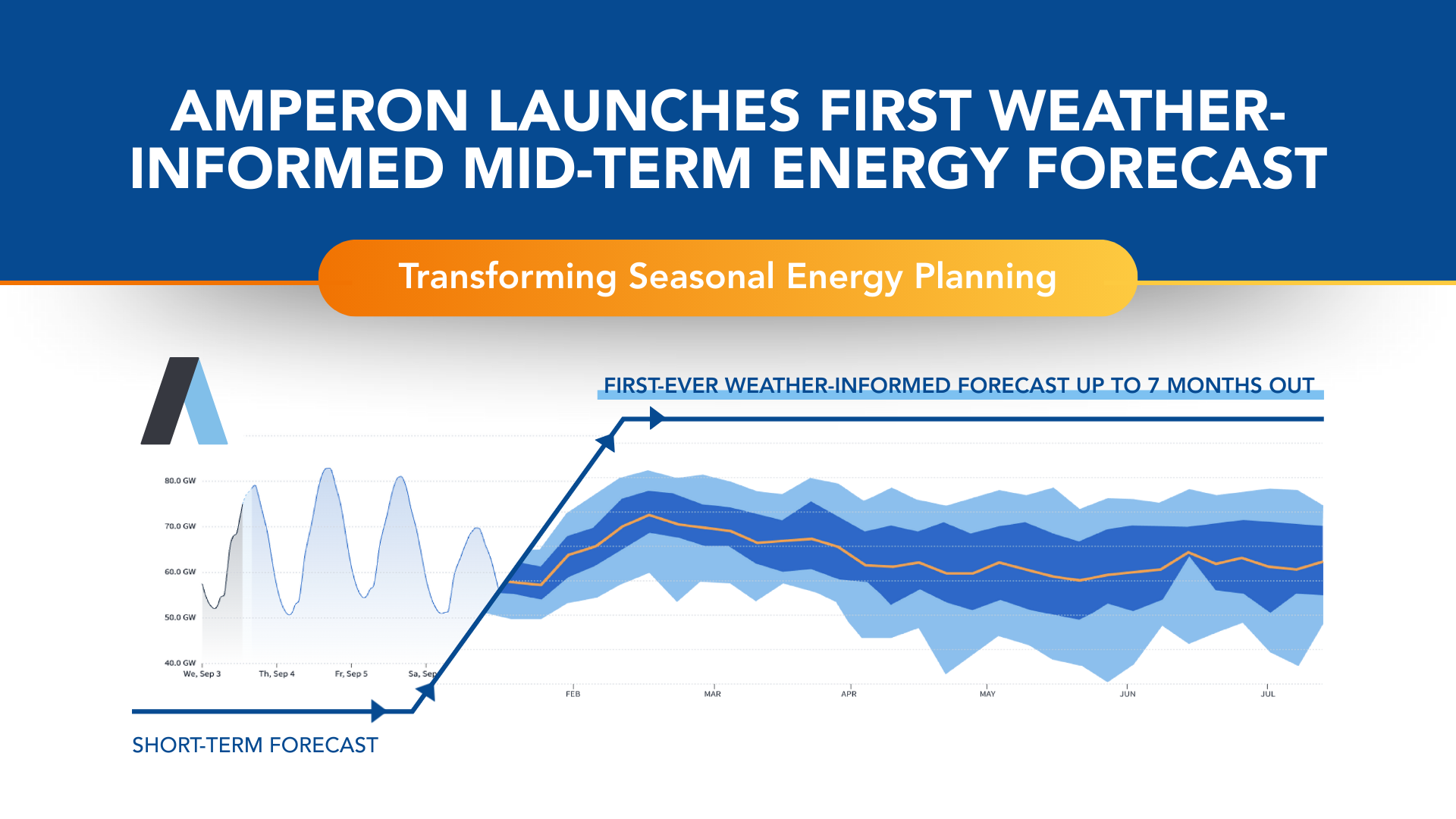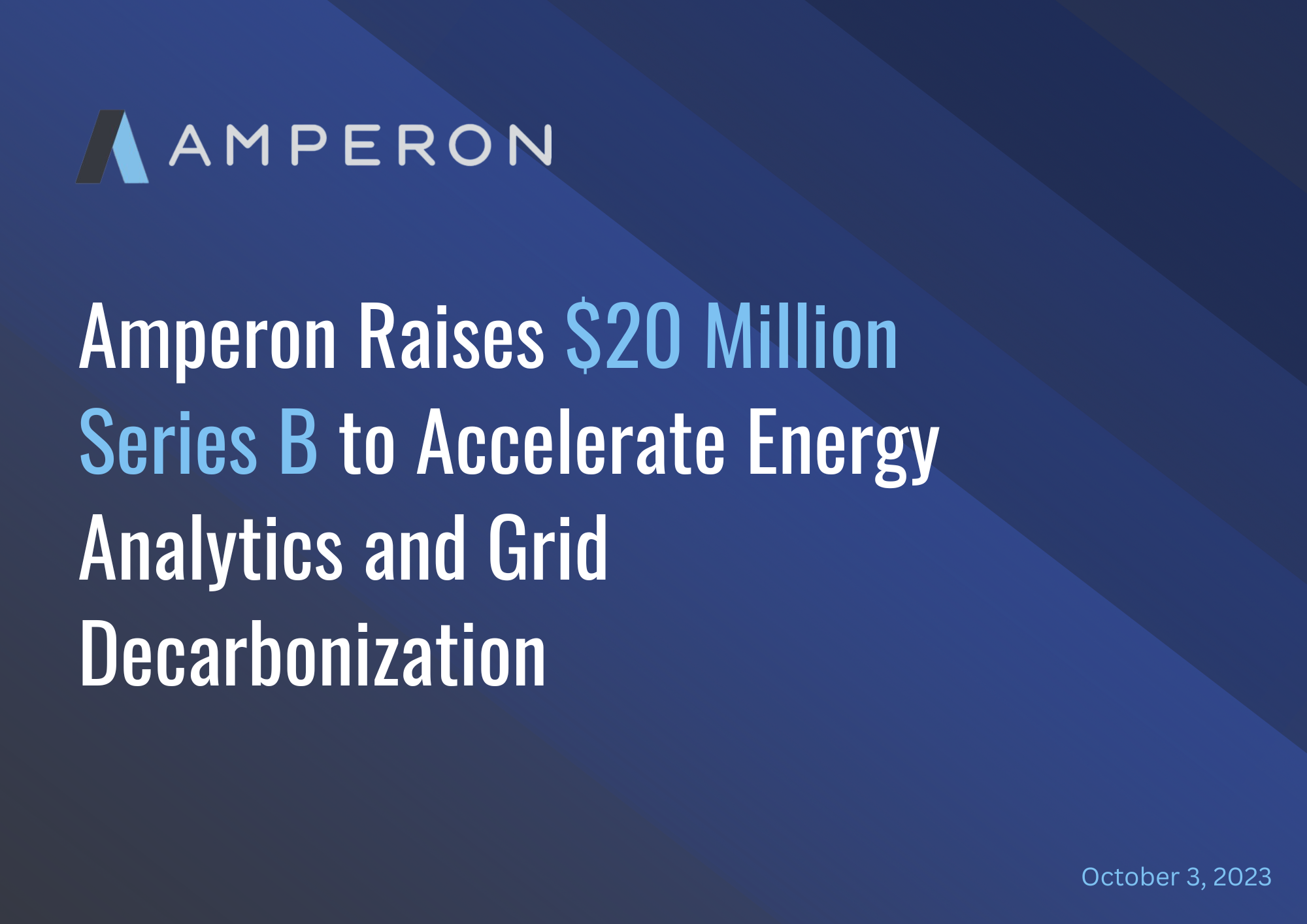2011 is often the benchmark for super hot summers. A heat wave swept across the South through Texas and the Midwest to Colorado. At that point, it was the hottest national heatwave in 75 years. But this summer is starting to rival 2011 in ERCOT. We, along with some help from our friends at Commodity Weather Group, analyzed the difference between 2011 vs 2022 to see if this year will be the hottest summer on record.
100-DEGREE DAYS
In 2011, Dallas-Fort Worth had 71 days over 100 degrees, with 43 consecutive 100-degree days from July 2-August 12. Houston only saw 40 days over 100. While 2011 had excessive consecutive days of heat, 2022 will have a rare normal day (at least for Texas), followed by increased temps, giving some minor relief to the ACs working non-stop.
So far this year, 2011 is slightly ahead of 2022 for number of hot days. Dallas had 23 100-degree days in 2011 compared to 21 in 2022. But Houston has seen more hot days in 2022 with 12 days vs 2011’s nine days.

With 45 days left of summer, it will be mathematically impossible for Dallas 2022 to have more hot days than 2011. If every day for the rest of summer was to be over 100 degrees – putting it at 66 days – 2022 would rank as the third hottest summer behind 2011 and 1980.

COOLING DEGREE DAYS
But the number of 100-degree days is not the only thing to pay attention to. The first half of this summer (June 1-July 14) was the hottest ERCOT on record since 1950.

When looking at weighted Cooling Degree Days (CDD) – which calculates the days people will need to cool homes* – 2022 has already beat out 2011 with 982 CDDs vs 958. It’s even beaten out the dreadful summer of 1980 that was plagued with heat and Hurricane Allen.
The worsening drought in Texas and across the Southwest and West is one of the contributing factors to this record hot summer.

And it looks like the drought is becoming more severe each week. The “pretty” yellows show how much drier Texas has become over the last week.

IT’S ALL UP TO AUGUST AND THE TROPICS
While June 1 to July 14, 2022 is the hottest ERCOT on record, it looks like this July won’t unseat 2011. It’ll be up to August and activity in the tropics to decide the hottest summer.
If we look at two of the hottest summers in ERCOT, 2011 and 1980, we will see how hurricanes affected August’s outcome.
2011 and 1980 are the top two years for the number of hottest days and second and third for number of cooling degree days. Those years both had bullseye targets over Texas. But 2011 ended up as the hottest August on record while 1980 tied at 9th with 1993.

The big difference between those years was the tropics. 2011 saw no major activity in Texas whereas 1980 was hit by Hurricane Allen – the devastating Category 5 hurricane that had some of the strongest winds on record (sustained winds of 190 mph) and heavy rainfall, causing a short reprieve to the heat.
The biggest unknown for this year will be the tropics. It looks like hurricane season will be more active than in 2011 with 6-10 possible hurricanes forming.

It has been a slow start to hurricane season but even smaller storms, like the one that popped up July 14, dropped temps to 94 degrees in Dallas and 96 degrees in Houston.
WHAT TO EXPECT FOR THE REST OF THE SUMMER?
Hot. This year might not have as many 100-degreee days as July, but August will still be sweltering. Wind generation, as always, will come into play with stronger winds expected this week.
Looking at AmpCast, temperatures in Dallas could reach up to 108 degrees this week followed by cooler days. But it’s also important to look at the heat index, which is how hot the body feels when relative humidity is combined with the air temperature. The heat index shows higher temps for most of Texas, not just Dallas.


It’s important to also look at national records. If the rest of the country is hot, then Texas will get zero relief. The WDD (Weighted Degree Day) shows a hot start to the week. The dots represent record high demand with some days above the current record.

The Global Forecast System is also showing the heat expanding out of ERCOT for August and radiating throughout the Midwest.

WHAT CLIENTS NEED TO KNOW
A worsening drought.
There’s no help for the rest of the month for ERCOT. The drought will either stay the same or get worse. If we look at the below chart, the number of D4 Exceptional Drought Days increased from 16.11 last week to 21.32 this week.

Soil moisture does decrease temperatures. So if the soil is dry, temps will be 2-4 degrees hotter each day. To reach the levels of 2011, everything – lack of soil moisture, increased hot days, minimal tropics activity – will need to stay the same. It will be close.
Active hurricane season?
If there is no hurricane activity like in 2011, then 2022 will be a record year. But any tropical activity that could bring clouds and showers will cut through the high temps. Every metric is favorable for an active season. Strong hurricanes hit on average every four years. The last major storm to hit Texas was Harvey in 2017.
Hurricane season has been sluggish to start, but we could see compacted activity for August. Florida will be the highest risk for a hit, followed by the Gulf.
August will be hot.
There is no way around it – August will be hot, we just don’t know how hot. It will vary from hot to very hot to record hot.
2022 will most likely not beat out 2011 for the hottest summer since this year will see fewer 100-degree days. But depending on the tropics and the drought, 2022 could be a top three record year.
Special thanks to Matt Rogers at Commodity Weather Group for some of these charts and analyses.
Degree days are based on the assumption that when the outside temperature is 65°F, we don’t need heating or cooling to be comfortable. Degree days are the difference between the daily temperature mean, (high temperature plus low temperature divided by two) and 65°F. If the temperature mean is above 65°F, we subtract 65 from the mean and the result is Cooling Degree Days. If the temperature mean is below 65°F, we subtract the mean from 65 and the result is Heating Degree Days.
Example: The high temperature for a particular day was 90°F and the low temperature was 66°F. The temperature mean for that day was:
(90°F + 66°F) / 2 = 78°F
Because the result is above 65°F:
78°F - 65°F = 13 Cooling Degree Days








.png)

.png)









